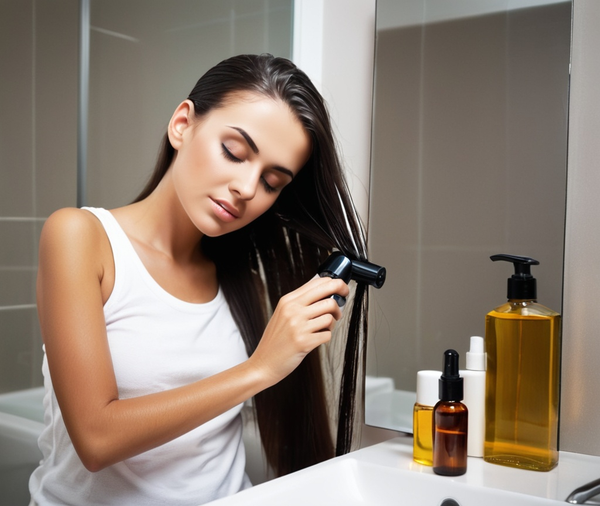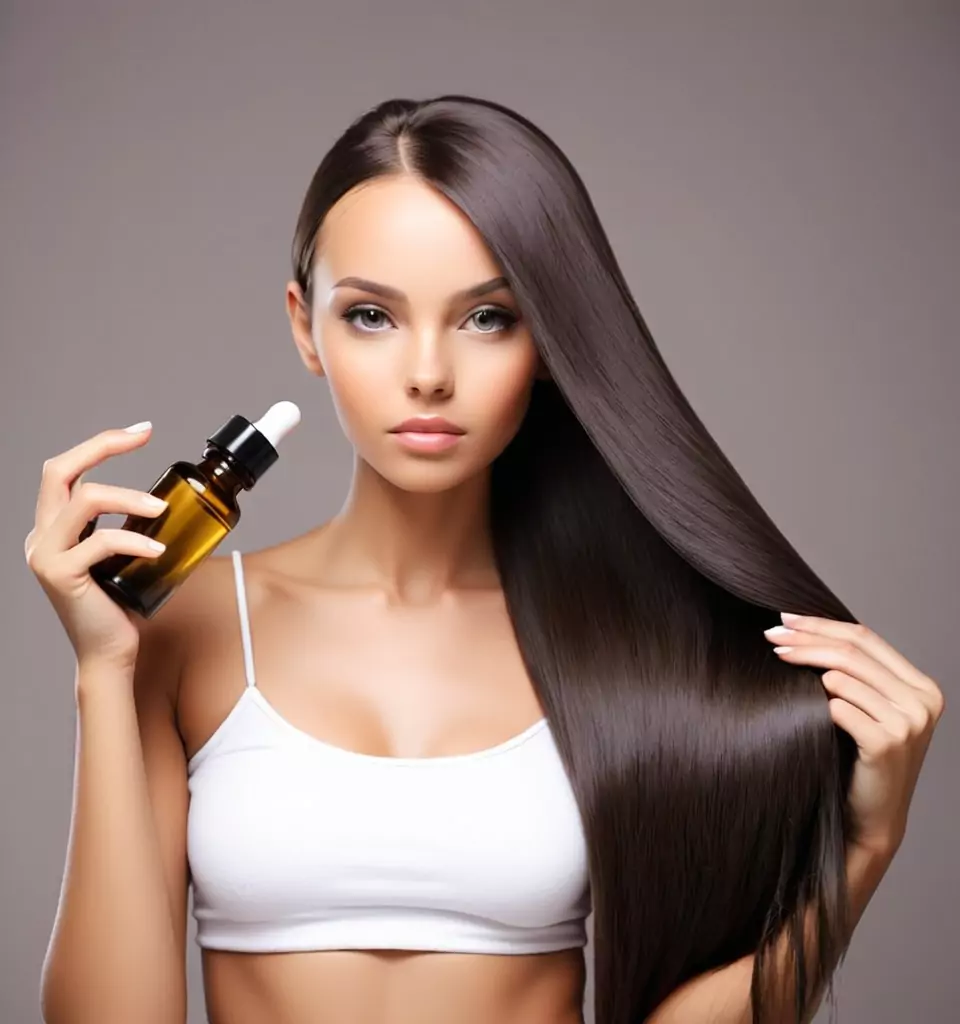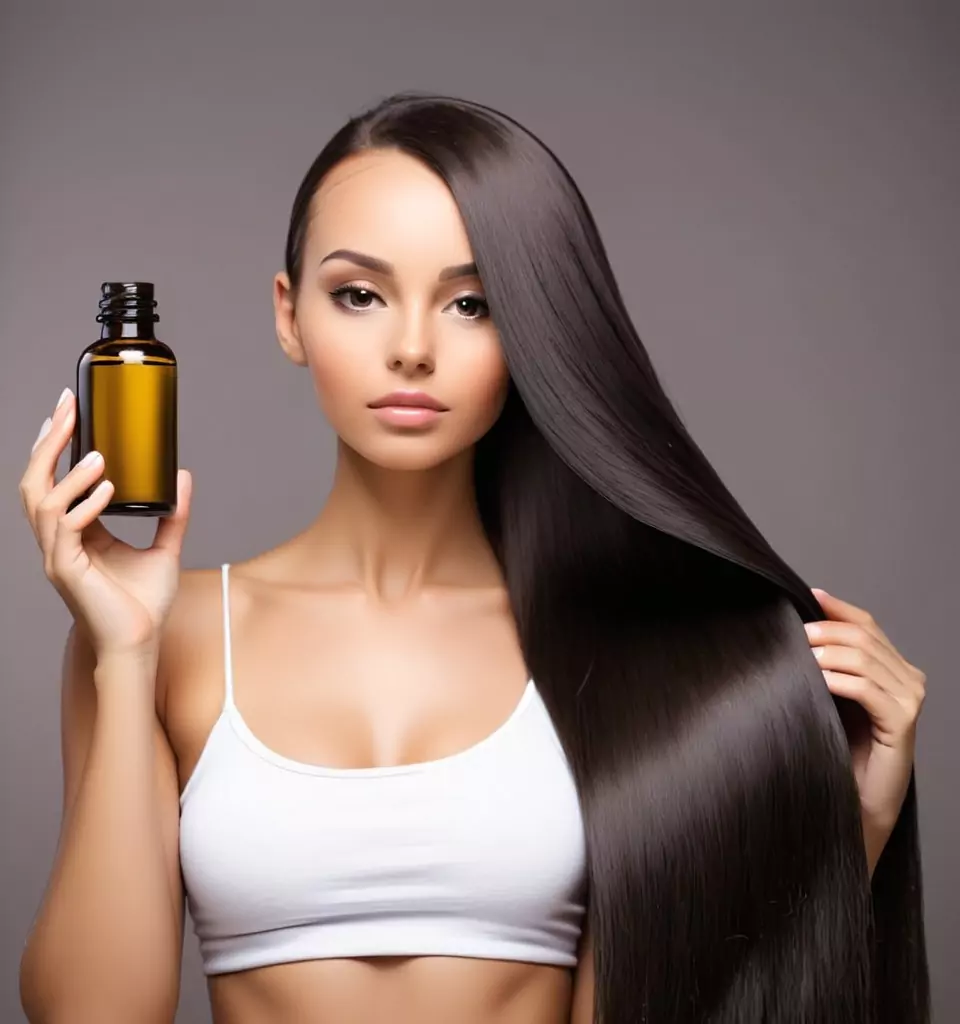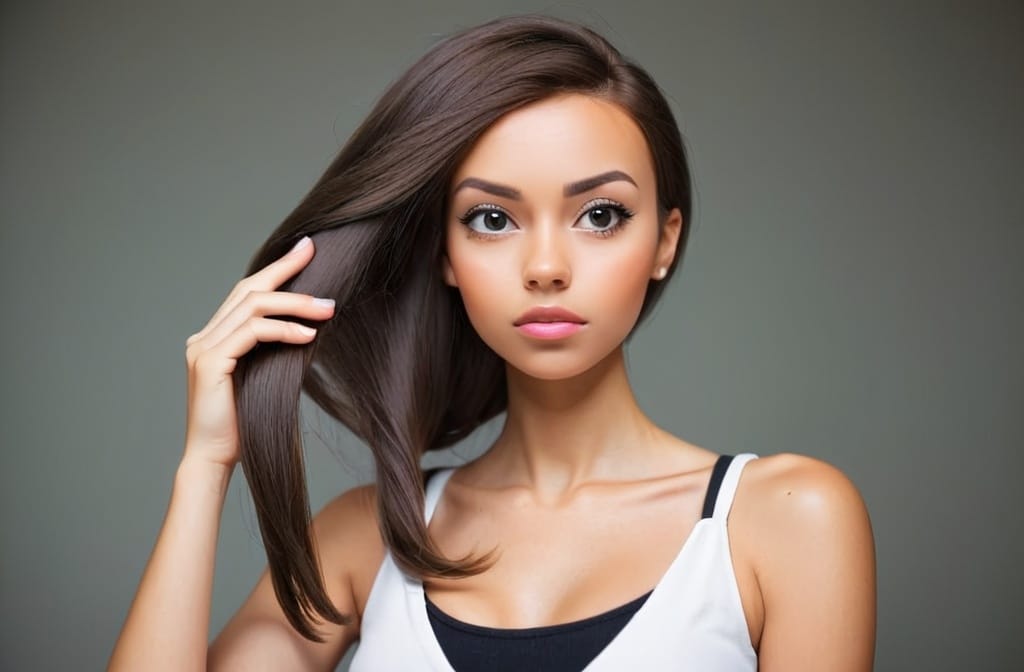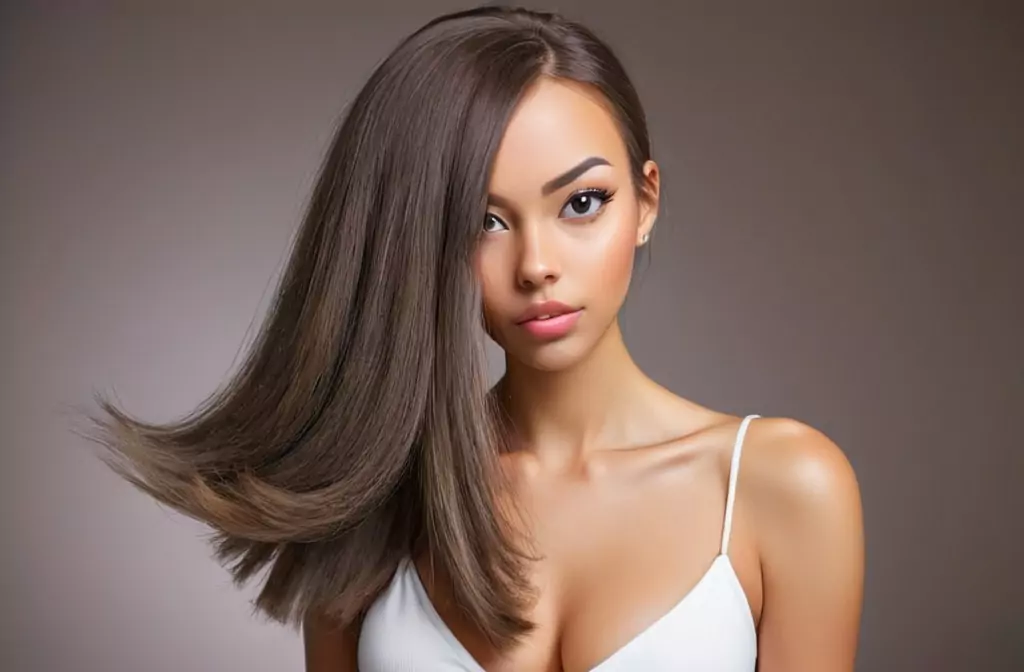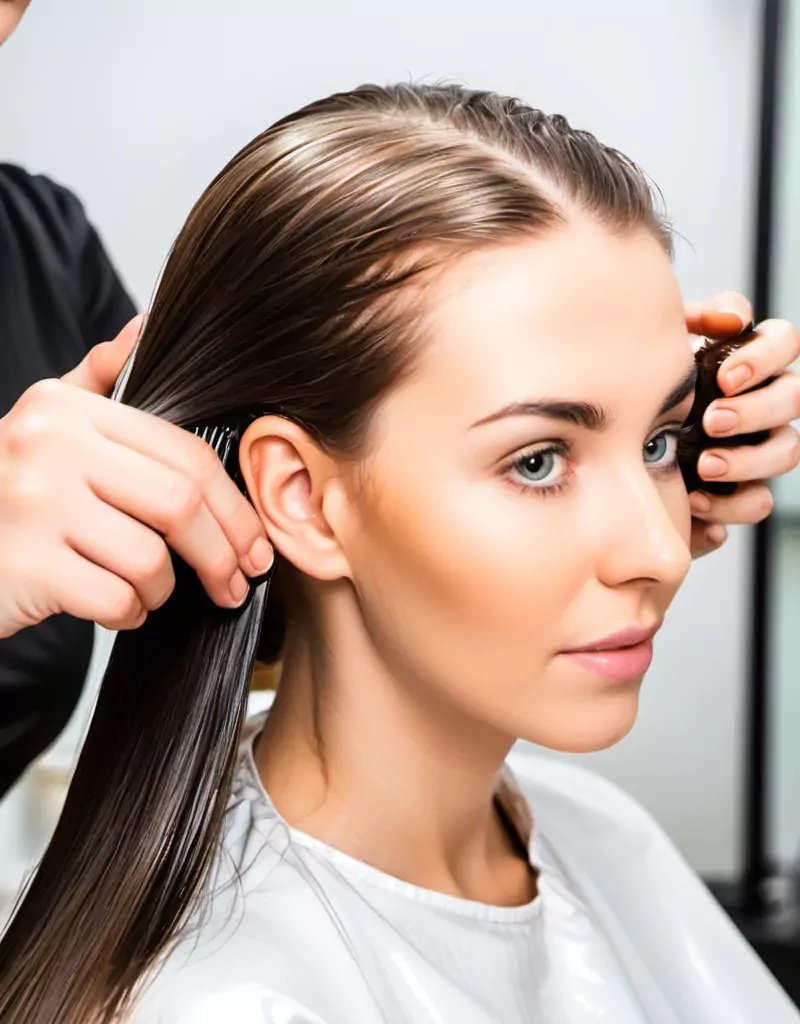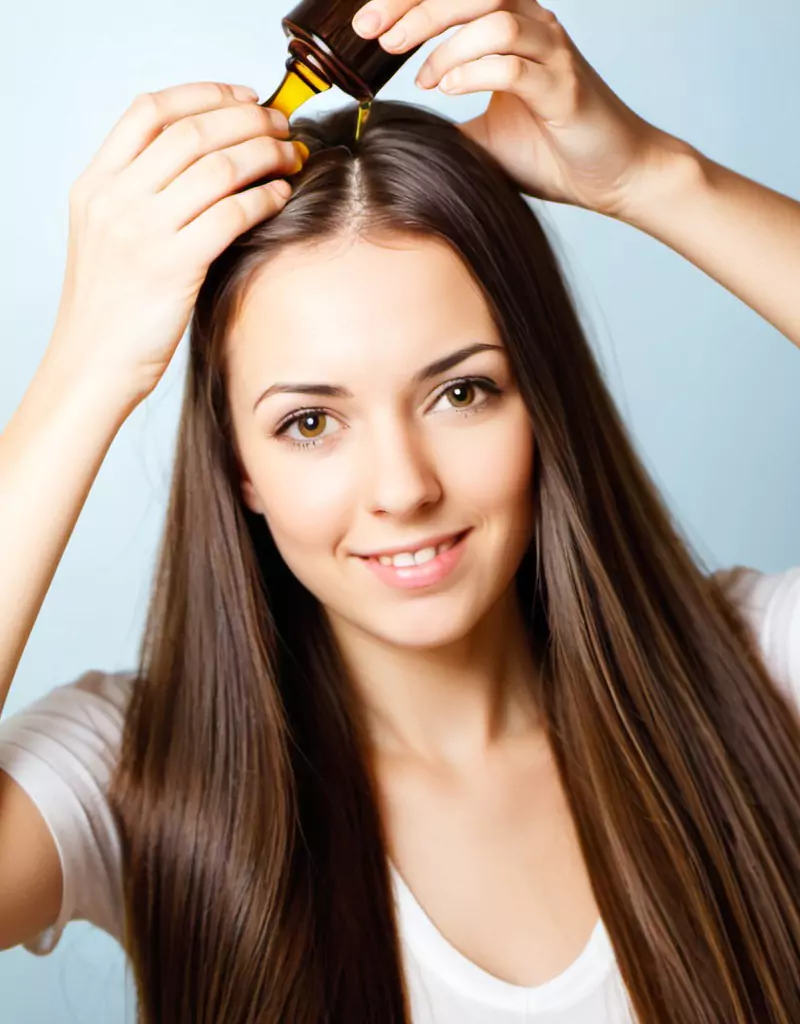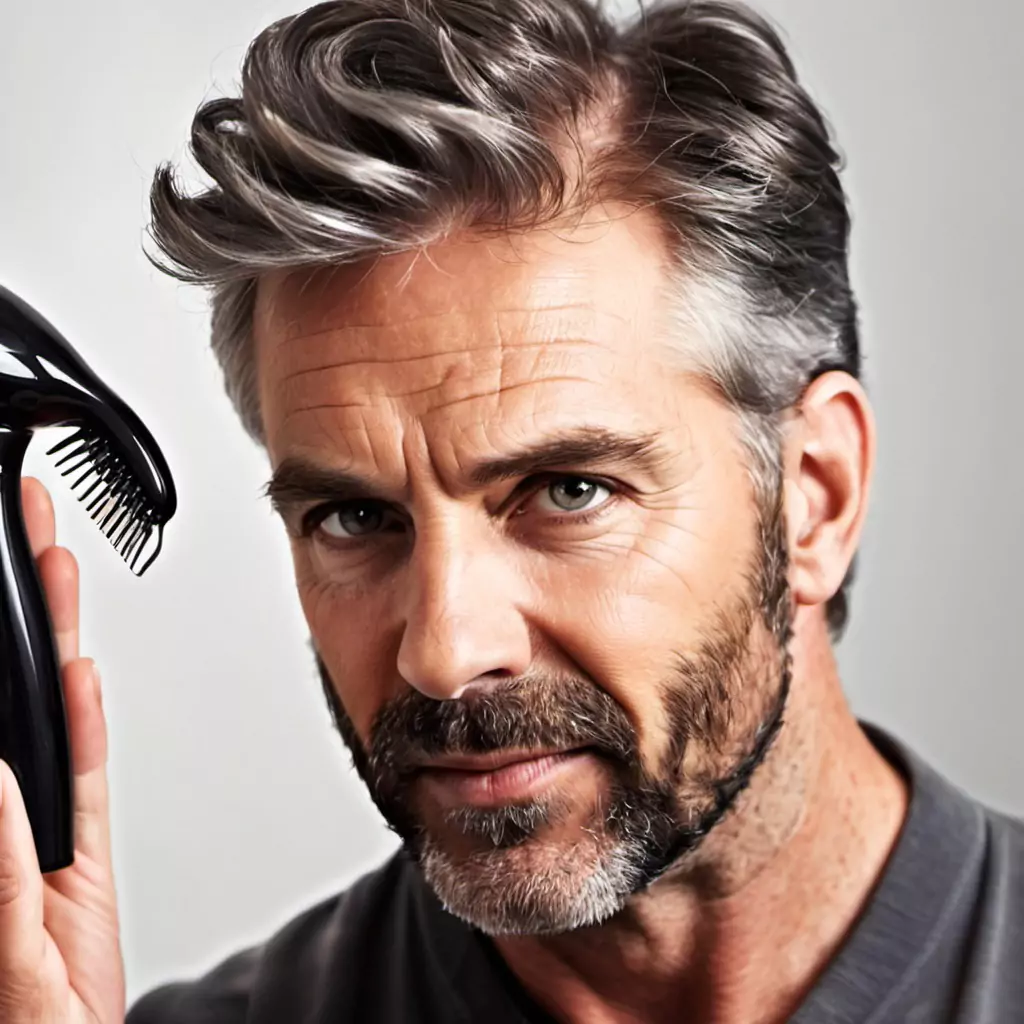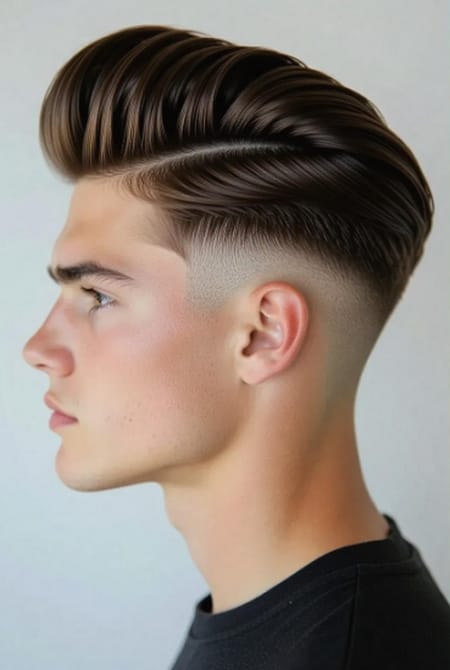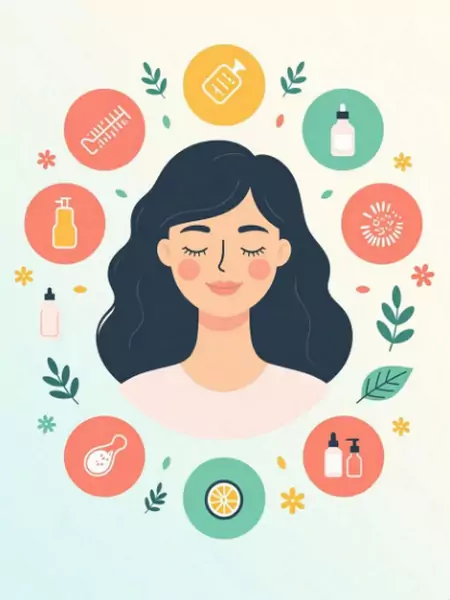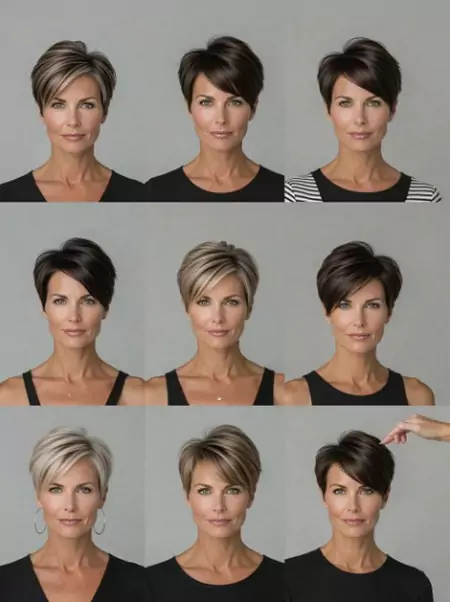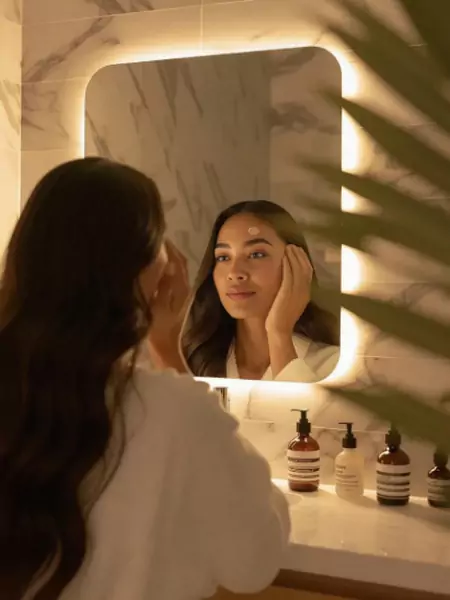Many people experience hair loss at some point in their lives, and it can be a tough thing to deal with. The good news is that there are steps you can take to help prevent hair loss and keep your locks looking full and healthy. Whether you’re just starting to notice some extra strands on your pillow or you’re looking to maintain your beautiful mane, some tips and tricks can make a real difference.
How you can successfully prevent a receding hairline, combat hair loss, and which hairstyles help to conceal a higher forehead
Receding hairlines are also called ministerial angles. But no matter how grandiose the name may sound, most men don’t want to be included in this circle.
A receding hairline, i.e, hair loss on the temples, is often the harbinger of larger areas of hair loss on the head. However, those affected are not alone; around 50 percent of all men suffer from a receding hairline, which is usually hereditary or hormonal.
In this blog post, we’ll explore effective ways to prevent hair loss and promote strong, vibrant hair. From simple changes in your daily routine to understanding the importance of nutrition, we’ll cover everything you need to know to take charge of your hair health. So, if you’re ready to discover how to give your hair the care it deserves, let’s dive in and find out how you can keep your tresses looking their best!
Best Tips for Preventing Hair Loss
Introduction
– Briefly introduce the topic of hair loss and its emotional impact.
– Share the importance of taking care of your hair.
– Set the tone for discovering practical tips for vibrant, healthy hair.
1. Understanding Hair Loss
– Discuss common causes: genetics, stress, poor diet, and hairstyling habits.
– Emphasize that hair loss is a common issue that many people face.
2. Nutrition Matters
– Highlight the role of a balanced diet in maintaining healthy hair.
– Key nutrients for hair health: protein, vitamins (especially A, C, D, E), and minerals (iron, zinc).
– Foods to include: eggs, nuts, leafy greens, and fish.
– Suggest easy ways to incorporate these foods into meals and snacks.
3. Gentle Hair Care Practices
– Recommend avoiding harsh treatments and chemicals.
– Importance of choosing gentle shampoos and conditioners.
– Tips for reducing heat styling and using protective hairstyles.
– Discuss the benefits of regular haircuts to prevent split ends.
4. Stress Management Techniques
– Explain how stress can lead to hair loss.
– Share simple stress reduction strategies:
– Mindfulness and meditation.
– Physical activities like walking, yoga, or sports.
– Finding hobbies that bring joy and relaxation.
5. Scalp Health
– Discuss the importance of a healthy scalp for hair growth.
– Regular washing with appropriate products.
– Scalp massages to increase blood flow.
– Mention the role of hydration in overall scalp health.
6. Lifestyle Choices
– Talk about how smoking and excessive alcohol consumption can affect hair health.
– Encourage healthy habits like regular exercise and adequate sleep.
– Suggest the importance of limiting tight hairstyles that pull on hair.
Mediterranean diet
If you’re worried about your hair thinning or falling out, you might want to take a closer look at the Mediterranean diet. This tasty way of eating focuses on fresh fruits, vegetables, whole grains, and healthy fats like olive oil. Not only is it delicious, but it can also be great for your hair! So, enjoying a plate of colorful salads, grilled fish, and nuts might just be the key to keeping your hair strong and vibrant while savoring every bite.
Protein
If you’re concerned about preventing hair loss, paying attention to protein in your diet can make a big difference. Protein is essential for healthy hair because it helps build and repair hair strands. When you choose foods like lean meats, beans, and nuts, you’re giving your hair the strength it needs to stay full and shiny. Plus, the Mediterranean diet, with its focus on fresh ingredients, makes it easy to add protein to your meals. So, whether you’re enjoying a tasty grilled chicken salad or a hearty bowl of lentil soup, remember that those protein-packed choices could help keep your hair looking its best!
Vitamin A
Vitamin A plays a crucial role in preventing hair loss and keeping your hair healthy. This powerful vitamin helps to create sebum, the natural oil that keeps your scalp moisturized and your hair shiny. Foods rich in Vitamin A, like sweet potatoes, carrots, and spinach, can nourish your hair from the inside out. When your body gets enough of this essential nutrient, it can help you maintain strong and vibrant hair. So, if you’re worried about losing your locks, make sure to include plenty of Vitamin A in your diet. Your hair will thank you for it!
Supplements
Multivitamin
Taking a multivitamin can be a game-changer when it comes to preventing hair loss. Vitamins play a big role in keeping our bodies healthy, and that includes our hair! For instance, Vitamin A is super important because it helps create sebum, which is the natural oil that keeps our scalp hydrated and our hair shiny. If you’re worried about your hair thinning out or falling out, a good multivitamin can make sure you’re getting all the nutrients you need, including Vitamin A from foods like sweet potatoes and carrots. So, don’t forget to take your multivitamin—your hair will appreciate it!
Vitamin D
Vitamin D is another crucial vitamin that can help in preventing hair loss. This vitamin plays a big role in keeping our hair follicles healthy, and if you’re not getting enough, it can lead to thinning hair. Sunlight is a natural source of Vitamin D, but if you’re indoors a lot or live in a place with little sun, you might need to look for other ways to get it, like through certain foods or supplements. By ensuring you have enough Vitamin D in your diet, you’re not just supporting your overall health, but also giving your hair the chance to thrive. Your hair will thank you for it!
Biotin
Biotin, also known as vitamin H, is a superstar when it comes to preventing hair loss. This essential vitamin supports the health of our hair and helps keep it strong and vibrant. If you’re noticing more hair in your brush or shower drain, it might be time to check your biotin levels. You can find biotin in foods like eggs, nuts, and whole grains, but many people also take it as a supplement. By adding more biotin to your diet, you’re not just nourishing your hair; you’re giving it the boost it needs to grow healthier and thicker. So, if you want to keep your locks looking fabulous, consider making biotin a part of your daily routine!
Saw palmetto
Saw palmetto is a natural herb that many people are turning to for preventing hair loss. This powerful plant is believed to support hair health by blocking hormones that can lead to thinning hair. If you’ve noticed that your hair isn’t as thick as it used to be, saw palmetto might be worth a try. It’s often found in supplement form, making it easy to add to your daily routine. Just like biotin, which is also great for hair, saw palmetto can help nourish your scalp and encourage healthier hair growth. So, if you’re looking for a way to keep your hair looking full and vibrant, consider saw palmetto could be a smart choice!
Ginseng
Ginseng is a remarkable herb that many people are starting to embrace, especially when it comes to preventing hair loss. This ancient plant is known for its ability to boost energy and improve overall health, but it also plays a role in keeping your hair healthy. Ginseng is believed to stimulate hair follicles, which can help promote thicker and stronger hair. If you’ve been worried about your hair becoming thinner, adding ginseng to your routine could be a good idea. It’s often available in teas or supplements, making it simple to incorporate into your day. So, if you’re searching for a natural way to maintain your hair’s fullness and vitality, ginseng might just be the answer you’ve been looking for!
New hair care routines
Regular washing
Regular washing is an important part of taking care of your hair, especially if you’re concerned about preventing hair loss. When you wash your hair regularly, you help remove dirt, oil, and buildup that can weigh it down and make it look unhealthy. Clean hair is more likely to thrive, and it can even benefit from natural ingredients like ginseng, which some believe helps stimulate hair follicles. By keeping your scalp clean and healthy, you create a better environment for your hair to grow strong and thick. So, make washing your hair a regular part of your routine, and you might just see a difference in how your hair looks and feels!
Coconut oil
Coconut oil is a fantastic natural remedy that many people turn to for preventing hair loss. Not only does it smell amazing, but it also helps keep your hair healthy and strong. When you apply coconut oil to your hair and scalp, it can deeply moisturize and nourish your strands, making them less likely to break. This means you’re giving your hair the best chance to grow thick and full. So, if you’re worried about losing hair, consider adding coconut oil to your hair care routine. You might be surprised at how much of a difference it can make!
Olive oil
Olive oil is more than just a tasty addition to your meals; it can also be a powerful ally in preventing hair loss. This golden liquid is packed with nutrients that can nourish your hair and scalp. When you massage olive oil into your hair, it helps to moisturize and strengthen your strands, making them less prone to breakage. Plus, its rich antioxidants protect your hair from damage and promote healthy growth. If you’re concerned about losing your hair, incorporating olive oil into your hair care routine could be a game-changer. You might find that your hair feels softer and looks shinier, giving you the confidence you need!
Gentle styling
Gentle styling is all about taking care of your hair without causing harm, and it can be a great way to help prevent hair loss. When you use soft brushes and avoid harsh treatments, you give your hair the best chance to stay strong and healthy. One amazing tip is to include olive oil in your routine. This natural oil not only makes your hair feel smooth and shiny, but it also helps nourish your scalp. By gently massaging olive oil into your hair, you can keep it moisturized and reduce breakage. With these gentle techniques, you’ll not only feel good about your hair but also boost your confidence as you watch it thrive!
Hair processing
Taking care of your hair is super important, especially when it comes to preventing hair loss. Gentle styling is the way to go! Instead of using harsh treatments that can damage your hair, try using soft brushes and natural products. One fantastic tip is to incorporate olive oil into your hair care routine. Not only does it make your hair feel smooth and shiny, but it also nourishes your scalp, which is key for healthy hair. When you gently massage olive oil into your hair, it helps keep it moisturized and reduces breakage. By using these gentle techniques, you’ll not only feel proud of your hair but also watch it grow stronger and healthier, boosting your confidence along the way!
Medical treatments
Laser therapy
Laser therapy is an exciting option for anyone looking to prevent hair loss and keep their hair looking its best. This treatment uses gentle light to stimulate hair follicles, encouraging them to grow and stay healthy. Imagine sitting back and relaxing while a laser helps your hair become thicker and stronger! It’s a great way to boost your confidence without harsh chemicals or painful procedures. When combined with natural care techniques, like using olive oil and gentle styling, laser therapy can be a powerful ally in your hair care routine. So, if you’re worried about hair loss, consider giving laser therapy a try and watch your hair come back to life!
Platelet-rich plasma
Platelet-rich plasma (PRP) therapy is an amazing way to help prevent hair loss and keep your hair looking thick and healthy. This treatment uses your blood, which is rich in platelets that can promote healing and growth. Imagine feeling the excitement as you undergo a simple procedure that could wake up your hair follicles and encourage new hair to grow! PRP therapy is a natural option that can boost your confidence without the need for harsh chemicals or painful surgeries. When combined with other hair care methods, like laser therapy and gentle styling, it becomes a powerful tool in your journey to healthier hair.
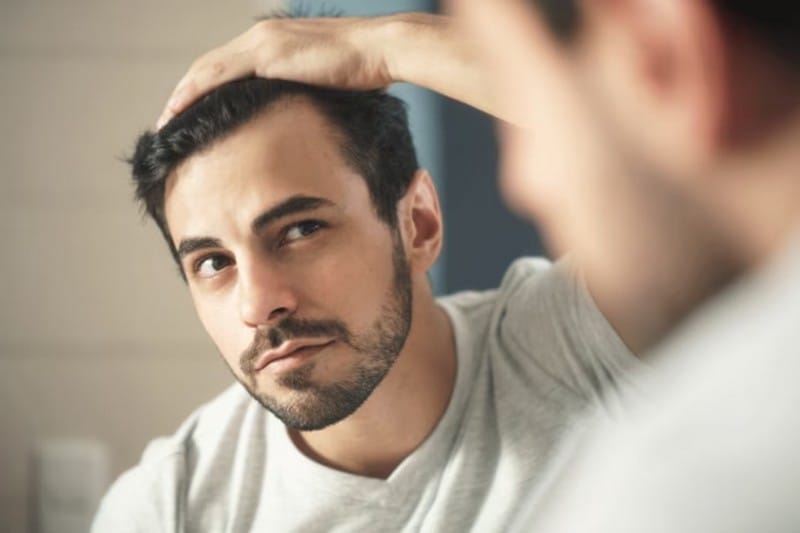
Conclusion
– Recap the key points discussed in the blog post.
– Encourage readers to take small, manageable steps towards better hair health.
– End on an uplifting note, reminding readers that with care and attention, they can keep their hair looking its best.
Frequently Asked Questions
How does a receding hairline occur?
The hormone testosterone is responsible for the receding hairline. Yes, it is the very hormone that makes you male. It controls your sexuality, strengthens muscles, and thins. In the scalp, however, testosterone is converted into dihydrotestosterone (DHT), to which hair roots react sensitively; the hair’s growth phase is shortened and often completely stopped later. A receding hairline and tonsures form a circular pattern of hair loss on the back of the head. The fact that this happens to around half of all men, often from the age of 20, and not to the other half, is due to genes. However, a receding hairline can also indicate illness. Only a doctor can tell you whether you are affected. That’s why it’s worth going to an expert if you experience sudden, severe hair loss. In your case, these are dermatologists who specialize in hair.
Can stress cause hair loss?
Stress can also be the cause of hair loss in the temples. If your scalp is very tense due to stress, the hair roots are not supplied with enough nutrients. Avoiding stress is the method of choice here, which benefits the entire organism. However, hair loss that begins on the forehead is usually hereditary.
How can men prevent a receding hairline?
Some remedies can at least stop the progression of a receding hairline and support the productivity of the still-active hair roots; for example, the anti-hair loss shampoo from Schwarzkopf. However, you usually have to use the products on your scalp every day. If you take them off again, the receding hairline will continue to grow. Don’t delay the application for too long. At the latest, when the forehead clears, it’s time to take action. Try out whether the care products that promise to stop hair loss also work for you. A hair transplant should only be a last resort.
Are there any remedies I can use at home to stimulate hair growth?
Yes, and they are now very promising. You have to show some commitment and use the product 1-2 times a day to achieve visible results. The new active ingredient, recently (based on findings from stem cell research) is a molecular complex that reactivates inactive cells, and the hair follicles receive the nutrients and vitamins they need to produce hair. However, you should expect that so-called “shedding” will occur. This describes short-term, severe, but positive hair loss and is a sign that the treatment is working. Hair with a short lifespan falls out, making way for thicker, longer-lasting hair.
Does diet play a role in a receding hairline?
The benefits of a healthy and balanced diet are well known. But did you know that what you eat can also influence hair loss? For nutrients to be available to the hair roots, they must be absorbed through food. Zinc, B vitamins, and selenium should be present in your food. These nutrients are found in abundance in nuts, for example, but also in most vegetables and fish. By the way, even those who have a hereditary predisposition should keep an eye on their diet and stress avoidance, as both can influence a receding hairline regardless of their genes.
What are the best hairstyles for men with a receding hairline?
It is very important if your hair is thinning to go to the hairdresser regularly and get a good cut from a professional. Short hairstyles usually appear fuller, and short hair is often more stable than longer hair, which makes you look more masculine and fuller-haired than thin remaining hair. Feel free to ruffle the bangs a little over the corners. But don’t stick the hair with a comb and gel. Those who do this are more likely to point out their receding hairline than to hide it. It’s better to own your receding hairline instead of constantly trying to cover it up. This not only looks more casual but also makes the hair appear fuller.


